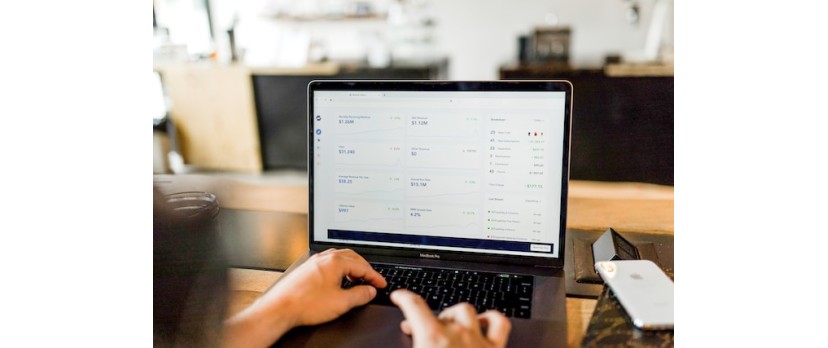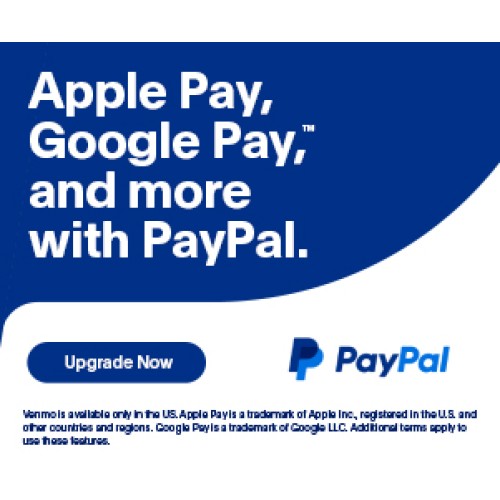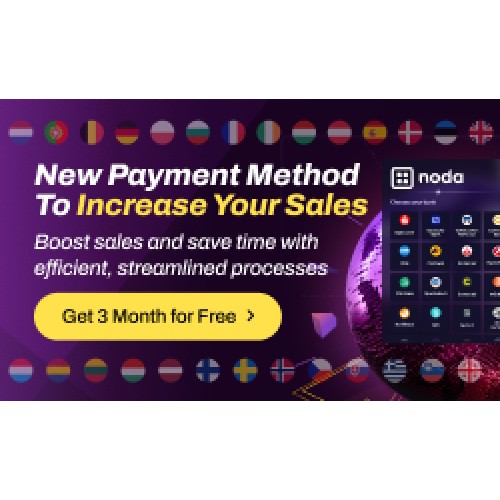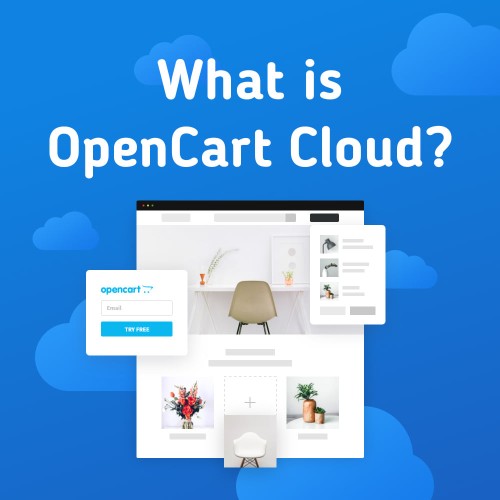You can’t boost mobile shopping cart conversion rates without stepping into your customer’s shoes, first.
Your checkout flows, messaging, and follow-up plans all need to come from a place of deep customer knowledge.
But what does that mean exactly?
It means, before you make any decisions, consider your customer’s ideal experience.
How can you make their mobile buying experience as seamless as possible? What are they looking for? What are their mobile buying habits like? What are their top pain points and challenges — and how can you help?
Today, I’m taking some of the guesswork out for you by sharing seven simple and unique ways you can apply your audience’s perspective to boost mobile shopping cart conversion rates.
Ready to learn more?
Let’s get into it.
1. Grab their contact information as soon as possible
First thing’s first, get your shopper’s email address and phone number as soon as possible.
Whether that’s on the first page of your checkout flow or as a pop-up while they’re still shopping, grab their contact information immediately.
Why?
You need a way to follow up with them in case:
There’s a glitch in the checkout process
They navigate off-page
Their phone dies
They abandon checkout
And a million other reasons
This strategy is also an effective way to capture more opt-ins for your automated email marketing, push notification, and text messaging campaigns.
Once you have their contact information, be sure to send them a welcome text or email with the help of an email assistant to show them you care about having them as a customer.
If the shopper is an existing customer, invite them to log into their account to checkout and shoot them a “welcome back” text or email to continue building a connection.
If the sale doesn’t go through, reach out again with a nudge to complete checkout. Use an automated follow-up process to save time. More on this in a bit.
2. Design super fast and easy checkout flows
The number one reason people abandon checkout is because the experience is clunky, long, and frankly, annoying which does not strengthen your customer satisfaction.
They’re sent to redirects, have way too many fields to fill out, and have to navigate multiple pages before finally getting their shipping confirmation.
Here’s the truth: Shoppers want to get in and get out. Period. Unfortunately, some companies do not pay enough attention when hiring design experts. There are several tips and recommendations in designers hiring guides that could help companies make the right decision regarding the web design experts they recruit.
If they’ve added everything they want to their cart and started the checkout process, they don’t want any lagging issues or bumps to get in the way.
That’s why it’s vital to have a super fast and easy checkout flow — and ideally, a one-click checkout.
There are a few ways you can set this up.
You can make use of protocols like OAuth to authenticate users with their existing social media credentials or Google profiles. You can set up one-step customer profiles and guest logins. Or, you can use a tool like Bolt which offers native One-Click Checkout with no redirects and no distractions. Alternatively, check these conversion rate optimization tools that can help you understand how to improve your checkout flows.
You also need to consider anything else that could bog down your checkout flow.
For instance, if you’re using graphics and images for aesthetics, make sure you’ve optimized them for mobile. For example, ask your design team to use vector graphics, which are smaller without compromising image quality.
3. Provide additional ways to purchase in case their checkout has a glitch
While we’d like to think technology is perfect, glitches still happen all the time. But lucky for you, you’ve grabbed your shopper’s contact information and can reach out to them to help them finish their purchase.
Immediately after the abandoned checkout, send your customer a text and an email with a quick link to complete their purchase. If you have their payment details ready, you can also make it even easier to finish paying by having them respond with a code to complete their checkout immediately.
Image Provided By Writer
Here’s an example of a faux script you could use when sending a text message:
“Hey, Matthew! We missed you at checkout, but no worries — we saved your item! Text 45756 to complete your purchase now or pay at (link here).”
4. Include a discount or freebie to sweeten the deal
Always have an excuse to present mobile shoppers with discounts or freebies.
Use banner messages, pop-ups, and final reminder stickers at checkout to nudge shoppers to take advantage of your deals.
For instance, is it St. Patrick's Day? Add a banner that says “use code StPatty10 at checkout for 10% off store-wide!”
Is it International Women's Day? Integrate a pop-up that reads “get a free celebration mug with every three-pound bag of coffee you buy, today only!”
Is it a gaming-themed day? Offer something special for the gamers. For example, “Fortnite fans, grab your exclusive Fortnite Spiderman outfit today with every gaming headset purchase!”
Is it a day that ends in “y”? Remind customers at checkout with a sticker that reads “shipping’s on us today — just because.”
You get the idea.
5. Recommend related offers and add-ons fellow shoppers are buying
There’s nothing like the fear of missing out that urges shoppers to buy an item or complete their purchase.
To encourage healthier mobile shopping cart conversion rates, recommend related products and add-ons other shoppers are buying, too.
For instance, that might include product bundles, adding a special item to make the product luxurious, or recommending customization options.
Here are some examples of CTA scripts you can use to encourage more items in-cart:
“Shoppers who purchased our melon scrub LOVED our melon skin care rejuvenation kit — add one to your cart today for 10% off!”
“Add our magenta silk bathrobe to make your Valentine’s Day even more special.”
“Want to customize your laptop case? Choose from the following design and color options, or add your own image.”
Pro-Tip: Don’t forget to present additional recommendations based on their unique preferences.
6. Follow up with automated cart abandonment email sequences and text messages
If a shopper abandons their cart completely, you need to have a plan in place to lure them back to purchase.
Your best bet?
Automate the process as much as possible — but don’t skip on value.
Start by setting up automated cart abandonment email sequences and text messages. With each email, stay solution-focused, reflect on their pain points, and present your product as the solution. Wrap it up with a quick link or code to complete the purchase.
If you sell a wide array of products, it’s in your best interest to set up segmented cart abandonment email sequences and text messages. These will still be automated, but instead of getting sent to your entire email list, they’ll be divided up according to specific audience segments and individual pain points.
For instance, if you sell digital nutrition and exercise courses for parents and caregivers, then you might have the following audience segments and pain points:
Stay-at-home parents and caregivers who are pressed for time and need an easy diet and exercise framework
New parents and caregivers who are struggling to get back in shape after birth and need a postpartum workout plan
Working parents and caregivers who need meal plans and specific gym rotation exercises
Vegan parents and caregivers who want dense, nutritious plant-based meals and plyometric exercise plans
In this case, you’ll want to differentiate your language to appeal to each individual segment. Then, present your product as the solution to their problems and give them a quick and easy way to finish checkout.
Pro-Tip: Use social proof to help customers build trust and get excited about completing their purchases.
7. Set up mobile retargeting ads
And finally, follow shoppers around as they pursue other sites and platforms by setting up mobile retargeting ads.
These are simply ads that appear wherever your shoppers are currently “hanging out” online — be it on social media, Google, or another site. Use these opportunities to remind customers why your brand is awesome and invite them to complete a previous purchase or come back to see what you just dropped.
You can also hyper-personalize these ads so they only suggest offers based on the items the shopper looked at when they were on your site.
Wrap up
Putting yourself in your customer’s shoes is key to designing an optimal mobile shopping experience that can boost conversion rates.
Remember, to boost mobile shopping cart conversion rates, be sure to:
1. Grab their contact information as soon as possible
2. Design super fast and easy checkout flows
3. Provide additional ways to purchase in case their checkout has a glitch
4. Include a discount or freebie to sweeten the deal
5. Recommend related offers and add-ons fellow shoppers are buying
6. Follow up with automated cart abandonment email sequences and text messages
7. Set up mobile retargeting ads
And that’s it for now! Best of luck with your mobile shoppers.
PS: If you haven’t looked into Bolt yet, do yourself a favor and check it out. With the Bolt Network, you can recognize 17% of your shoppers and instantly provide them with a one-click checkout experience — even if they’ve never been to your site. Over time, this has the potential to grow to as much as 45%!




Login and write down your comment.
Login my OpenCart Account